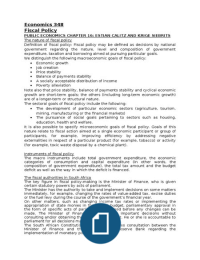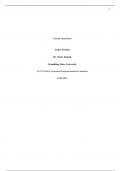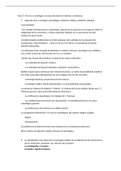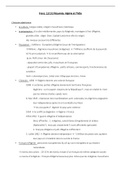Summary
Summary Fiscal policy
- Course
- Institution
A comprehensive summary of fiscal policy for Economics 348 2015. These notes allowed the learner to achieve a distinction in the examination. There is also a bundle available with: (1) Macroeconomic policy, (2) Fiscal policy, (3) Environmental policy, (4) Economic development and distribution polic...
[Show more]







